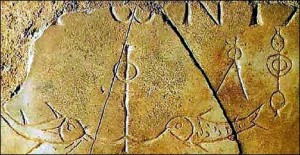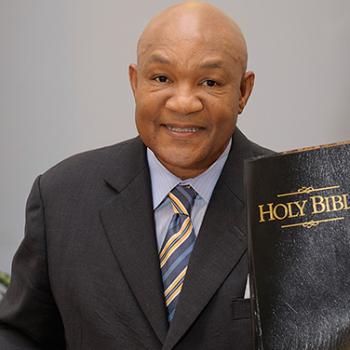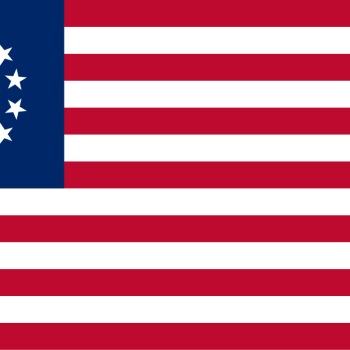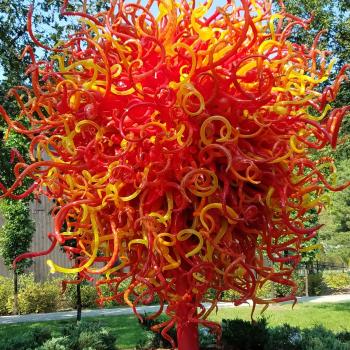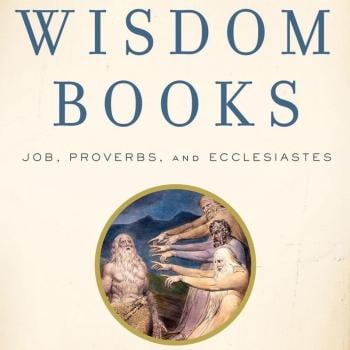Here is a helpful clarifying summary by Larry Hurtado of his use of the term binitarian worship. BW3
“Dyadic” Devotional Pattern
by larryhurtado
En route to the annual meeting of the Society of Biblical Literature (this year in San Francisco) in November, I stopped for to give invited lectures in Loyola University (Chicago) and Baylor University (Waco, Texas), on “Jesus in Earliest Christian Prayer”. I enjoyed these visits and am grateful for the interest and interaction of staff and students.
One of the items I mentioned in these lectures and the discussions that followed is that, after frustrating efforts to clarify my use of the term “binitarian devotional pattern” (my description of the early Christian pattern of devotion directed toward God and Jesus uniquely), I’ve dropped the term in favor of what I hope will be a more helpful expression.
I propose the label “dyadic devotional pattern.” A “dyad” is a combination of two items linked to each other. So far as I know, the term has no previous usage in theology or discussions of earliest Christianity (but that may only reflect the limits of my knowledge). It certainly hasn’t featured very prominently, and doesn’t seem to have any theological “cargo”.
As I point out in my lecture, the earliest Christian devotional pattern seems to be what I call a “shaped dyad”, meaning that the one figure, Jesus, is defined and reverenced with reference to, and as agent/expression of the other figure, God. That is, there is a subordination (at least functionally) of the one (Jesus) to the other (God). (I know, I know, “subordinationism” has a complicated theological history, but I don’t want to get into that, and I don’t intend any importatation of that history into my use of this term.)
In a session held as part of the SBL meeting in which I took part, there was a very interesting presentation in which the origins of the term “binitarian” were placed in the late 19th or early 20th century. I’ve just done a quick n-gram search of the Google corpus of English-language books (a very interesting tools available online via the Google people), and it’s interesting that the earliest uses identified are from the very early 1900s, with a couple of real “spikes” in frequency 1980-2000.
Anyway, I hope that we can engage the data, and can move on beyond quibbles over terms. Earliest Christian devotion was directed to the one God of biblical tradition, and to the one “Lord” Jesus. That is the phenomenon that rightly arouses serious scholarly curiosity, and justifies concerted efforts to map and understand it.


